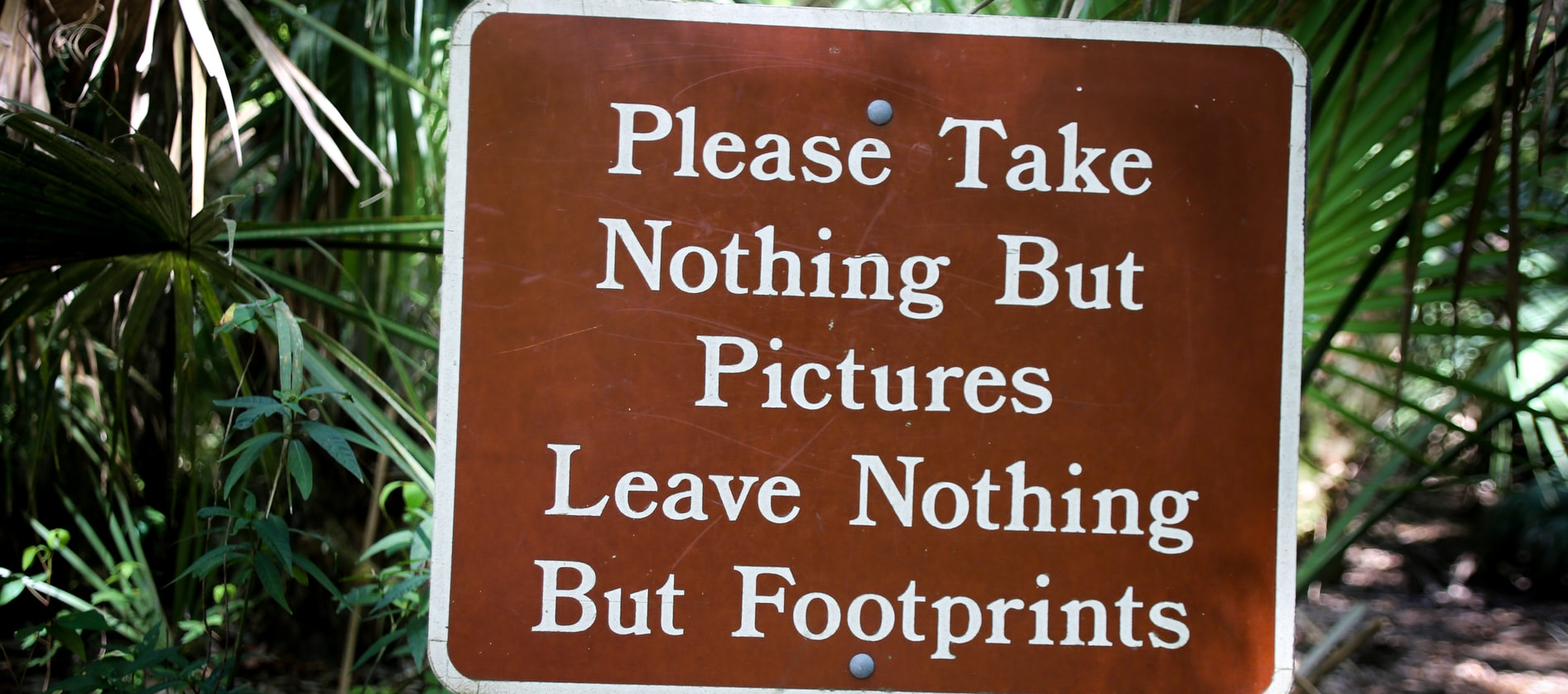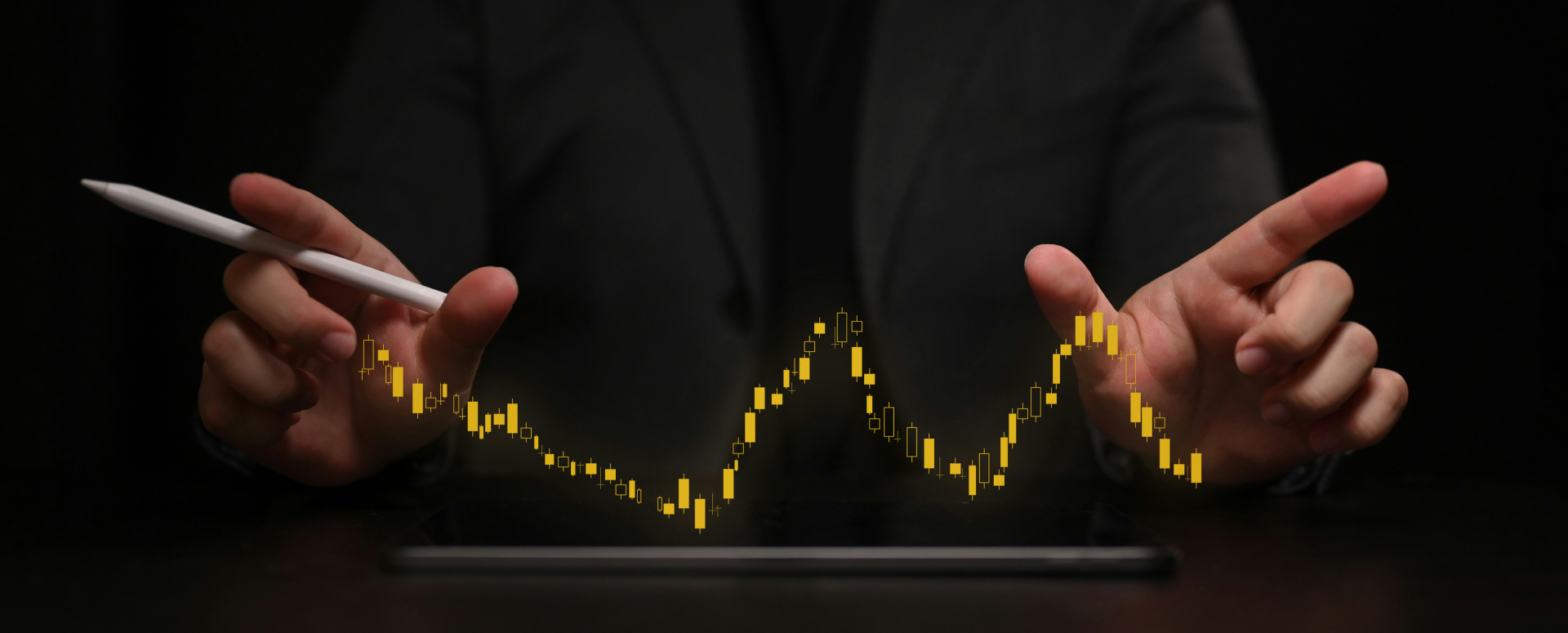The COVID-19 Pandemic and the Force of Impact Investing
Just as COVID-19 was beginning to wane, it has once again grabbed the spotlight on account of new variants. Case counts are on the rise steadily, prompting governments worldwide to once again strictly enforce pandemic protocols. The Canadian and French leadership, meanwhile, have specifically directed statements towards residents who have chosen to remain unvaccinated.
But as the pandemic rages on, there are clear trends beginning to emerge. There are already irreversible changes underway in terms of work, learning and other daily activities. Likewise, in terms of investing too, there is a distinct need for more conscious allocation of funds. Impact investing, in simple terms, must acquire center stage.
Prior to COVID-19, impact investors were beginning to favor sustainability and diversity. The pandemic has sharpened institutional investor focus on impact investing. What effect is it casting on sustainable development goals (SDGs)? And how can investors be inspired to transition from theory to practice while fostering opportunities for action?
Horasis is organizing the Horasis USA Meeting on 04 March 2022 to examine and evaluate such issues. The one-day virtual event will see participation from a diverse range of people, spanning members of governments, businesses, academia, and the media. The goal is to deliberate on pressing issues and arrive at actionable solutions that can ensure shared prosperity.
What is Impact Investing and When Did It Begin?
Investments that are allocated in a manner that enable positive measurable goals to be achieved in social, economic and environmental spheres are termed impact investments. The focus of such efforts goes beyond the ‘bottom line’ alone. Two major impact investment vehicles include the SDGs and environmental, social and governance (ESG) investing.
According to a 2016 Harvard Business School report, there were initially two primary ends to the investing spectrum. On one end was the ‘fiduciary’ which, in literal terms, meant an organization’s obligation to ensure the highest returns for its shareholders. At first glance, this would only seem apt. However, maximizing shareholder returns was typically accomplished at the cost of blatant disregard for environmental or social consequences of ‘doing business’.
On the other end of the spectrum were the philanthropists. This subset laid its entire focus on donations to boost socioeconomic or environmental gains with no regard for financial returns. It was only in the early- to mid-20th century that a ‘middle path’ of sorts began to emerge.
The first fund that, in current terms would be termed an impact investment fund, was started in 1928; it was called the Pioneer Fund. Thereafter, in 1968 and 1969, the Ford Foundation funded several conferences at Yale University specifically for higher education and non-profit organizations to explore the social outcomes of actions from which the said organizations also registered a financial return. In recent decades, the corporate social responsibility or CSR wings of organizations have been active participants in the impact investing sphere.
Impact Investing and SDG Targets
Among other areas, the pandemic definitely highlighted the state of healthcare systems worldwide. Without doubt, there is need for more robust healthcare infrastructure with the ability to better respond to emergencies such as COVID-19. Even in the case of an advanced economy like the US, and one that is regarded as highly advanced, there was unprecedented loss of life due to the pandemic.
One US based pharmaceutical company is, however, spearheading impact investing. Founded in Germany over three centuries ago, Merck is taking “a thoughtful approach to our impact investing strategy, pursuing opportunities that reflect our core business objectives and align with the World Health Organization’s Sustainable Development Goals, which envision a world where people can access the healthcare they need without suffering financial hardship.”
The organization says it is aware of how access to healthcare varies widely. In a bid to try and resolve this shortcoming, Merck shortlists and invests in funds that cater to numerous healthcare avenues – spanning healthcare infrastructure, procuring of diagnostic equipment, development of drugs and vaccines, and enabling higher uptake of technology in healthcare. The pharmaceutical company has outlined a target to ensure positive social impact while also ensuring business viability.
Inspiring Investors to Make the Transition
With the pandemic now in its third year, there is a pressing need for more collaborative efforts on the parts of both government and business leaders globally. Just as there was a conscious movement to take stock of the impact of investments in the past century, a similar focus is now imperative.
With the US already a world leader on several fronts, its administration must lead from the front. Emerging economies look up to it for direction. At this critical juncture, therefore, it cannot adopt a passive stance. More importantly, impact investing can only gain momentum worldwide if the US administration endorses it and puts its might behind it. Only then perhaps can a future healthcare crisis be averted.
Photo Caption: Businesses and governments have a crucial role to play in ensuring a better planet.




